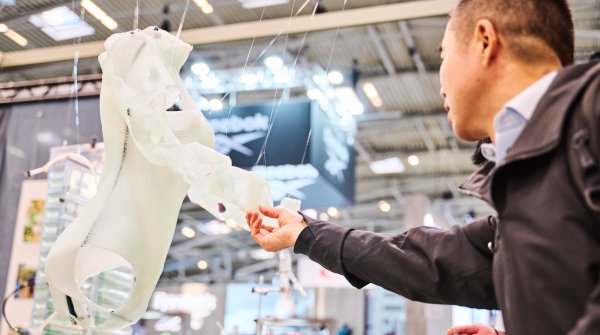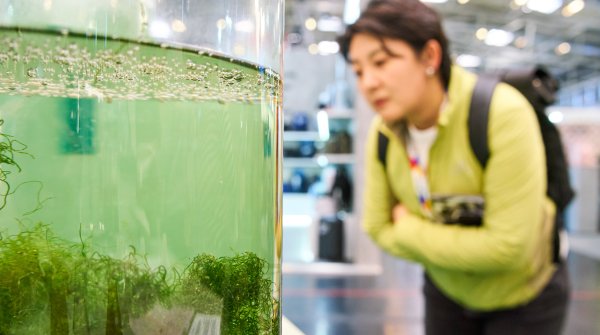
Alice Martin wore a T-shirt with the inscription "Close the Loop" during her appearance at ISPO Munich Online. It was a good example of how customers in the sports and outdoor industry can be made to understand the topic of sustainability.
The T-shirt, reported Mammut's Corporate Responsibility Manager, is namely made of fibers obtained from recycled ropes. The circle is closed: Old ropes no longer end up in the garbage, but become a valuable starting material for new products.
"We have to give the customer the opportunity to be part of the solution. And no longer part of the problem," Martin explains. The problem: Until now, almost all products in the sports and outdoor industry end up in the garbage at the end of their service life. In the textile sector, the figure is 99 percent, according to the European Union (EU).
The solution: sustainable recycling management. Old products are recycled and reused. But how do you reach customers with this process? And all of them - both those who are already sensitized to this. As well as those who first need to be made aware of the importance of sustainability for the future of the planet?

It certainly helps if, as in the case of "Close the Loop", you tell a good story and involve the customers. Just like Tecnica does. "Whoever buys new ski boots from us has the opportunity to return their old ski boots of any brand. From these, raw material is obtained through recycling, which is used for new products. In this way, we prevent the old boots from going to waste and at the same time solve a concrete need for the customers. And the retailers also benefit because it attracts new buyers," describes Maurizio Priano, Brand and Marketing Director of Blizzard-Tecnica.
His appeal to the sports and outdoor industry: "The issue of sustainability must always be considered from the perspective of customer needs! More and more people are fundamentally interested in the sustainability of their purchases, but the topic has to be brought closer to the customers in an understandable way, he says. "We need to make the information on this more comparable and easier to understand. Ideally, we need
label across all brands that reflects the ecological and social impact of the product," says Martin. In other words, no complicated technical jargon, but preferably as few clear figures as possible, such as the CO2 footprint of a product.
"Customers have a healthy distrust when it comes to eco-labels. That's why we need complete transparency to gain their trust," Julian Lings, Senior Sustainability Manager at Icebreaker, is convinced. But this also requires openness in the industry when it comes to sustainability. "Competitors need to work together and be transparent. Just as some are already doing in terms of supply chain, for example," says Alicia Martin. There is a need, says Maurizio Priano, to share expertise in the industry to speed up the process.
This is a matter of survival, because for customers, the Corona pandemic has increased the value of sustainability, in addition to health. Says Martin, "Repair, re-commerce and recycling has huge potential economically, too." Especially if you tell the customer a good story like the one about the T-shirt that was made from a climbing rope...
- ISPO awards
- Mountain sports
- Bike
- Design
- Retail
- Fitness
- Health
- ISPO Job Market
- ISPO Munich
- ISPO Shanghai
- Running
- Brands
- Sustainability
- Olympia
- OutDoor
- Promotion
- Sports Business
- ISPO Textrends
- Triathlon
- Water sports
- Winter sports
- eSports
- SportsTech
- OutDoor by ISPO
- Heroes
- Transformation
- Sport Fashion
- Urban Culture
- Challenges of a CEO
- Trade fairs
- Sports
- Find the Balance
- Product reviews
- Newsletter Exclusive Area
- Magazine






